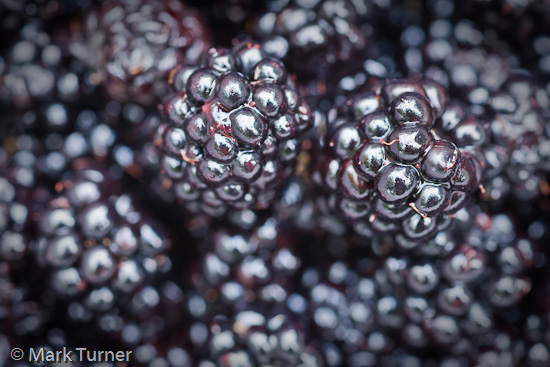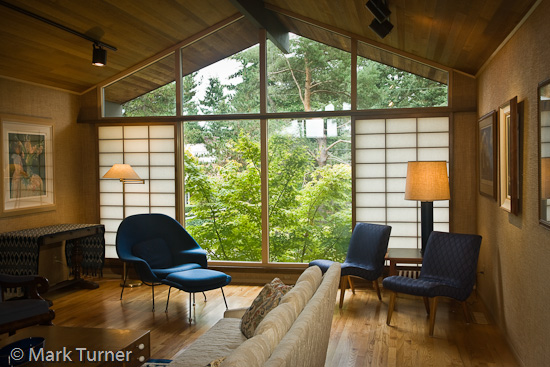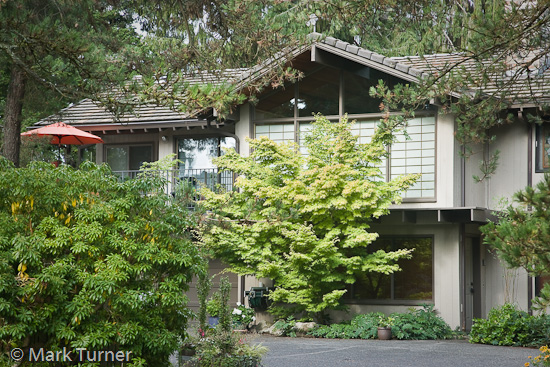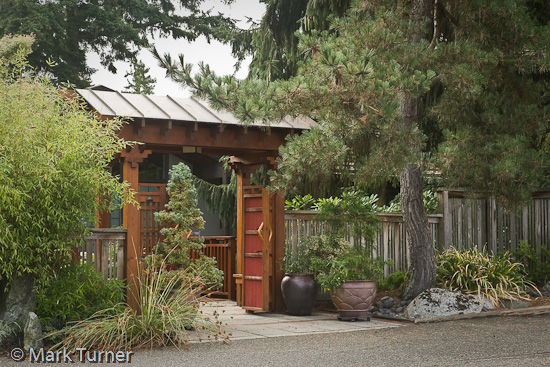Micaiah at Sunset

Last Saturday evening I had the pleasure of working with Micaiah to create a series of portraits in Zuanich Point Park on Bellingham’s waterfront. Micaiah and I met through Model Mayhem. We met over coffee and decided the waterfront would be a good location.
 We worked several locations and clothing changes, ending with this outfit. I used a long lens for all of her portraits to soften the background. The late afternoon light started out a little harsh, but by the time we got to shooting with boats in the background the sun had sunk behind a thin cloud bank and gave this gorgeous soft glow.
We worked several locations and clothing changes, ending with this outfit. I used a long lens for all of her portraits to soften the background. The late afternoon light started out a little harsh, but by the time we got to shooting with boats in the background the sun had sunk behind a thin cloud bank and gave this gorgeous soft glow.
Micaiah had a natural grace which made her very easy to pose. I’d suggest a spot and show roughly what I had in mind and she’d be right there and looking great with very little adjustment needed. She’s interested in a career as a model. Being easy-going, good looking, and able to take direction will all serve her well.
The photo at the top of the post was made soon after the one by the lamppost here. Micaiah saw the sunset developing and pointed it out to me. While the harbor portrait was made entirely with natural light, I used a single small strobe in an umbrella for the one with the anchor and statue in the background.
 By the time we got to the rocks overlooking the water the sun had set and we were working with the soft afterglow and blue tones on Bellingham Bay and Lummi Island in the background. Again, a single strobe in an umbrella provided the key light on Micaiah.
By the time we got to the rocks overlooking the water the sun had set and we were working with the soft afterglow and blue tones on Bellingham Bay and Lummi Island in the background. Again, a single strobe in an umbrella provided the key light on Micaiah.
One of the things that sets a professional photographer apart from the masses with cameras is the ability to see how natural light is affecting the subject and to work quickly and effectively with added light sources like strobes. Especially as sunset light is fading there isn’t time to futz around with equipment and indecision. Micaiah’s mom was present for the shoot and I pressed her into service as a reflector holder and then holding the light stand with the umbrella in the light breeze as it was getting dark.


 I don’t often think of weeds as providing tasty food, but in the case of our nasty and invasive Himalayan Blackberries, formerly Rubus discolor and now Rubus armeniacus, an environmental scourge of the Northwest provides mighty delicious eating. That makes sense, since the species was originally introduced to North America as a garden plant and food crop.
I don’t often think of weeds as providing tasty food, but in the case of our nasty and invasive Himalayan Blackberries, formerly Rubus discolor and now Rubus armeniacus, an environmental scourge of the Northwest provides mighty delicious eating. That makes sense, since the species was originally introduced to North America as a garden plant and food crop.




 Great Northern Aster, Canadanthus modestus (formerly known as Aster modestus), is unique among the purple asters with very glandular stems and involucral bracts. That last term, for the uninitiated, means the little leaf-like things at the base of the flower head. On this species, the bracts are fairly long, sharply pointed, curving outward, and purplish in color. That makes them pretty distinctive. The stem and involucre are both noticably sticky to the touch, an easy way to tell if a plant is glandular.
Great Northern Aster, Canadanthus modestus (formerly known as Aster modestus), is unique among the purple asters with very glandular stems and involucral bracts. That last term, for the uninitiated, means the little leaf-like things at the base of the flower head. On this species, the bracts are fairly long, sharply pointed, curving outward, and purplish in color. That makes them pretty distinctive. The stem and involucre are both noticably sticky to the touch, an easy way to tell if a plant is glandular.
 I guess it’s a sign of being a true plant nerd to take off on a day trip halfway across the state to look for one plant that may not even be in bloom.
I guess it’s a sign of being a true plant nerd to take off on a day trip halfway across the state to look for one plant that may not even be in bloom.

 Here’s one of my favorite true alpine plants from the North Cascades. It’s called Moss Campion, Silene acaulis, and you’ll only find it at high elevations in the mountains. Here it’s growing among the rocks on the shoulder of Mount Larrabee with one of the summits of The Pleides in the background.
Here’s one of my favorite true alpine plants from the North Cascades. It’s called Moss Campion, Silene acaulis, and you’ll only find it at high elevations in the mountains. Here it’s growing among the rocks on the shoulder of Mount Larrabee with one of the summits of The Pleides in the background.